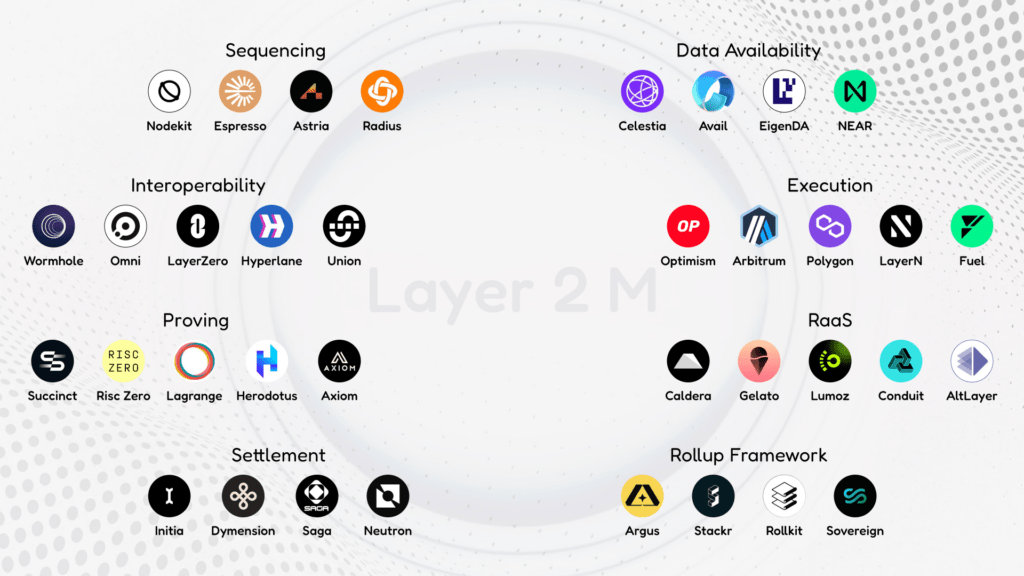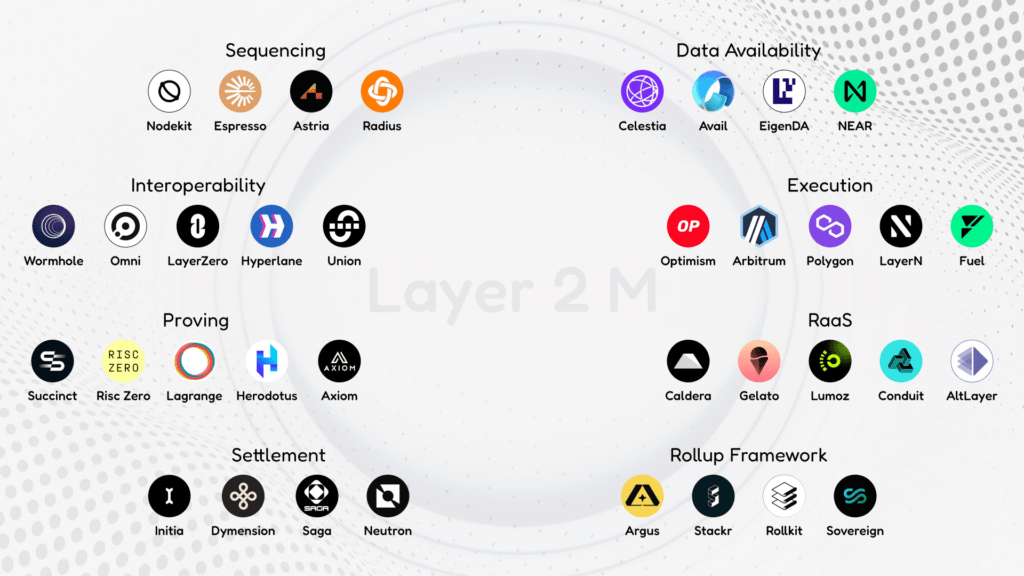Research Summary
The report discusses DePIN networks, also known as Proof of Physical Work (PoPW) networks, which incentivize verifiable work in building real-world infrastructure. It covers the growth of DePIN networks, key design decisions, hardware considerations, token design, supply-side contributors, threshold-scale, location importance, network density, token incentives, value-added resellers (VARs), and the role of network creators. The report also provides examples of different DePIN teams and their approaches.
Key Takeaways
DePIN Networks and Their Growth
- DePIN Networks: These networks incentivize verifiable work in building real-world infrastructure, offering advantages in speed, market responsiveness, and cost-effectiveness compared to traditional capital formation methods.
- Significant Growth: The DePIN space has seen significant growth across various categories, including energy, logistics, mapping, telecom, and digital commodities.
Key Design Decisions in DePIN Networks
- Hardware Decisions: These include whether to manufacture and distribute hardware internally or open-source the hardware spec for community-built hardware, with trade-offs in control, scalability, and supply chain risks.
- Token Design: Token design in DePIN networks should consider the implications of hardware decisions on network dynamics, engagement, and scalability.
Supply-Side Contributors and Threshold-Scale
- Supply-Side Contributors: The profile of supply-side contributors in a network can vary depending on hardware decisions, with professional contributors more likely to monetize tokens early and retail contributors more focused on long-term accumulation.
- Threshold-Scale: This concept refers to when the supply side of a network becomes commercially viable to the demand side. Different networks have different scale requirements based on the type of service they provide.
Role of Value-Added Resellers (VARs) and Network Creators
- Value-Added Resellers (VARs): VARs can play a role in selling network resources to customers, as consumers and enterprises prefer to buy from traditional companies rather than directly from a permissionless network.
- Network Creators: Network creators have the option of operating a network VAR to capture the full spread between product sales cost and raw resource cost. Alternatively, they can outsource the demand-side relationship to the network ecosystem.
Future of DePIN Networks
- New DePINs: New DePINs are expected to emerge in the coming years, and the core properties of token distribution, hardware, threshold-scale, and demand generation should be explored to effectively build out supply-side resources and serve demand-side customers.
- Cost Reduction: DePIN networks are viewed as a way to reduce the cost of building valuable infrastructure networks through crypto-native capital formation.
Actionable Insights
- Exploring Hardware Decisions: Companies interested in DePIN networks should carefully consider their hardware decisions, as these can significantly impact network dynamics, engagement, and scalability.
- Understanding Supply-Side Contributors: Understanding the profile of supply-side contributors is crucial for network success, as different types of contributors (professional vs. retail) have different motivations and behaviors.
- Considering the Role of VARs: Companies should consider the role of VARs in their network, as these entities can help sell network resources to customers who prefer buying from traditional companies.
- Planning for Future DePINs: Companies should prepare for the emergence of new DePINs by understanding and exploring the core properties of token distribution, hardware, threshold-scale, and demand generation.











